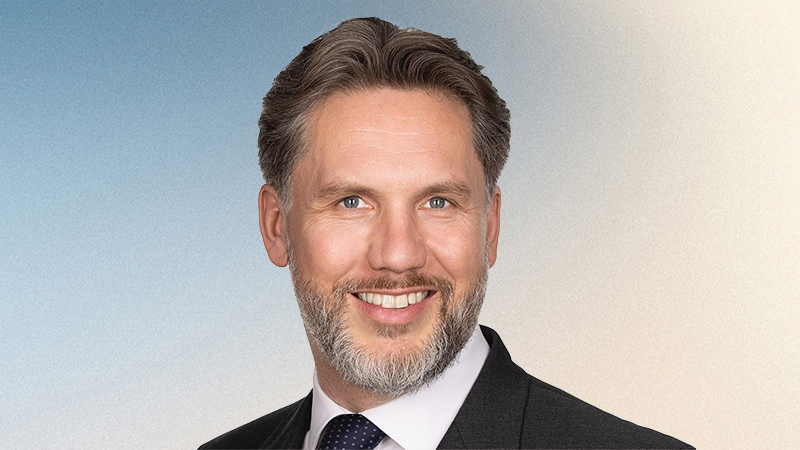CVC Income & Growth manager Pieter Staelens says there is a misperception among investors of credit as an overly complex asset class.
Despite the investment trust’s portfolio being made up of senior secured loans to large multinational companies— a world away from the subprime mortgage lenders that contributed to the Global Financial Crisis — retail investors minds can jump back to 2008 when thinking about credit, and Staelens says he is still asked about the downturn by investors.
“It’s very different to what we’re doing,” he says. “We lend to large companies, and you can track default rates going back for 20-30 years. What’s actually more important for us is loss rates because given where we lend, we have security over the assets, so even if there is a default we can sometimes recover all of our money.
“A lot of people ask me, ‘what about the outlook for defaults?’ Ultimately, defaults are bad for equity, because the equity gets wiped out. As a senior secured lender, we typically always have some recovery.”
The strategy offers exposure to senior secured loans and other sub-investment grade corporate credit in Western Europe and the US. Since launch in 2009, it has experienced one calendar year of negative performance.
The fund was rolled out as an investment trust in 2013 and is listed twice within the AIC Debt – Loans & Bonds sector, under its Sterling and Euro tranches. According to the AIC, it currently yields 8.16%.
Avoiding the losers
As part of the team’s investment approach, considerable focus is placed on downside risk.
“On the equity side, people are getting very excited about AI by trying to find the winners,” Staelens says. “We’re trying to avoid the losers, which are the business models that are going to be disrupted by AI and may not have a reason to exist anymore in a few years’ time.”
CVC Credit largely lends to private equity-owned companies, with the loans often used to fund M&A activity.
“If a company gets bought, or wants to buy something else, they come to our market. They say, ‘We want to borrow to buy this company’, and then we do our work. We look at cash flows and we’re always looking at downside scenarios.
“For instance, if the GFC happens again, or if Covid happens again, how would cash flows look in that situation, and what can the company do to preserve liquidity?
“We don’t have much of a look at upside, because that’s not really our concern. We just stress test the downside to see how much headroom there is to cover our debts.”
For this reason, Staelens’ team sticks to what he calls ‘boring’ companies.
“We don’t like to invest in companies that have exciting futures. Typically, they invest a lot in capex and growth and they don’t generate cash. We like to invest in ‘boring’ companies that generate cash flow, because it’s the cash flow that pays the coupon and pays down our debts over time.
“Our biggest exposure is usually healthcare. We know the demand is always going to be there.
“We like anything which has predictable cashflows – we have some exposure to McAfee, the cyber security company. It doesn’t matter how good or how bad the economy is, people will want their computers protected against viruses or cyber attacks.
“It’s businesses with predictable cashflow — we don’t want businesses to invest all the profit they generate on some amazing AI growth projects.”
Loans versus bonds
The onset of interest rate rises over the past 18 months has caused renewed interest in the fixed income portion of portfolios.
Now that interest rates are beginning to move downwards, Staelens explains that if inflation is stickier and base interest rates don’t fall as quickly as the market is pricing in, then floating rate credit will outperform.
The floating rate coupons the trust invests in reset in line with base rate movements quarterly.
“If you lock in your coupons for three or five years [in a high yield bond fund] and inflation sparks again, then your coupon may not be enough to keep track with inflation.
“If inflation drops materially and base rates come down, then having locked in these long coupons will help investors.
“They’re two different products, but I think having a balance with maybe some high yield and some floating rate exposure will help investors in building a balanced portfolio.”










